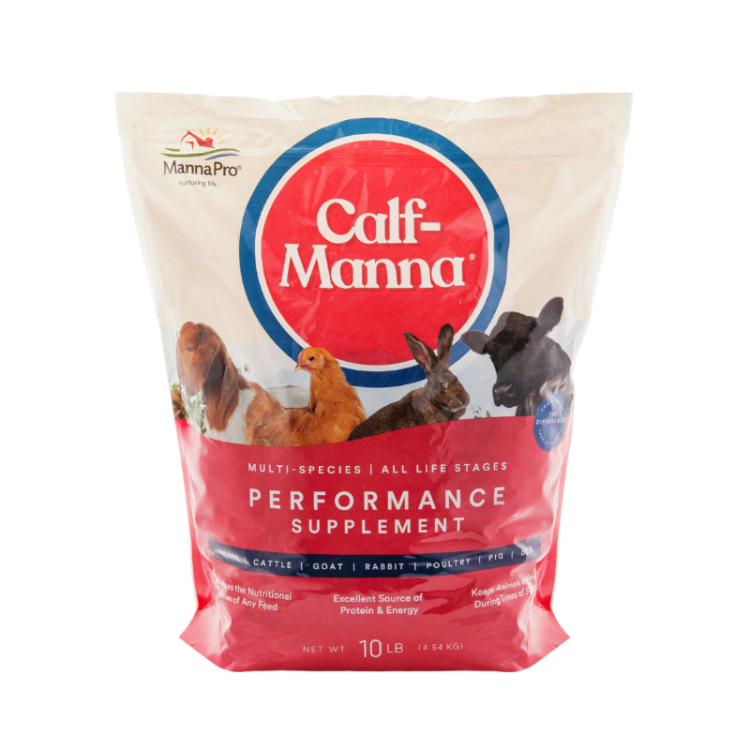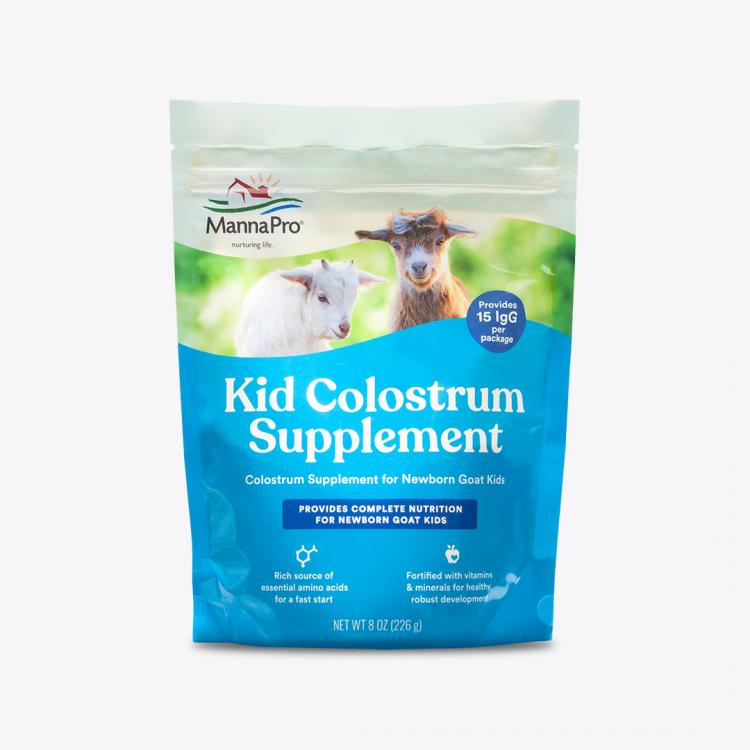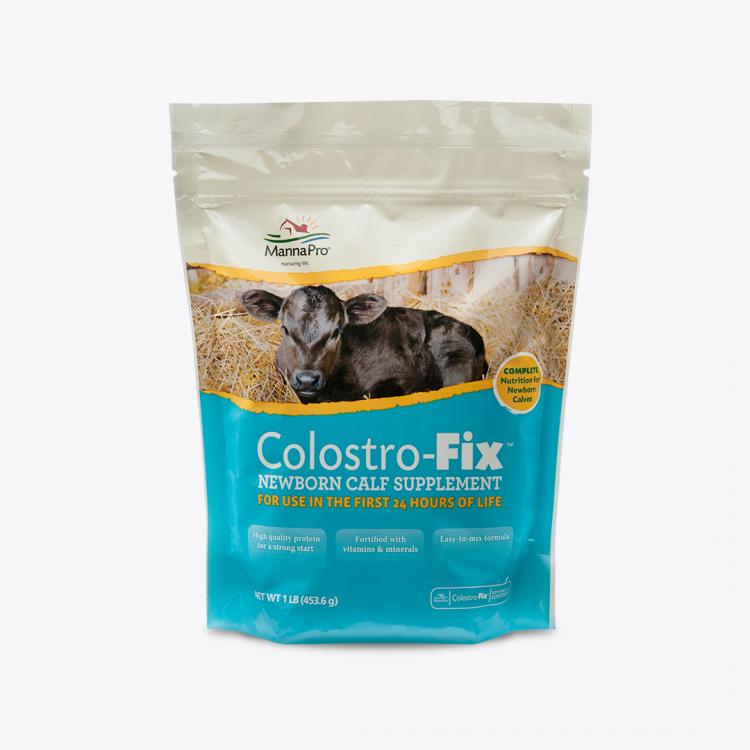Posted by Jennifer Sartell, Professional Homesteader & Blogger, Wed, Apr 15, 2015

For the most part, birth is a natural process for a goat. Most of the time she will take care of everything herself and us humans will need to do only a few things to give nature a boost and some extra reassurance. But sometimes things don’t go according to plan, so it’s always good to have some backup items in place. The following items are suggestions for things which we’ve found work for us and our herd. As you become more familiar with goat birthing, I’m sure that you will customize this list to fit your needs. We put all of our items in a large plastic tote and set it on our covered porch, ready to go.

Birthing Kit Checklist
Tarp or Empty Feed Sacks. These are definitely handy to have on hand. They create an instantly clean, dry surface. Sometimes we put them under the doe to collect the placenta or as a place to put a kid that needs to be cleaned. Sometimes we sit on them in the stall if we have to wait and watch a doe. They’re just nice to have around.
Surgical Gloves. If the doe is having problems or a kid needs to be turned or pulled, the use of surgical gloves keeps things sanitary for both you and the goat. Personal Lubricant. This can be used with the surgical gloves to make internal inspection more comfortable for the goat.
Paper Towels. Believe me, you’ll be thankful you have them handy!
Bucket of Warm Soapy Water. It’s nice to be able to clean yourself up a bit if you have to assist in multiple births.
Old, Clean Bath Towels. Let mom do most of the cleaning. This is an important time for her to bond with her new kid. But if she is in active labor with a second kid and the first one is still wet and cold, us humans can help mom by drying off the baby goat.
Hair Dryer- Some of our goat kids have been rejected by their mothers, so to dry them properly—especially in colder spring weather—a hair dryer set on low can help dry damp babies completely.
Instant-Read Digital Thermometer. It’s good to have, especially if the goat kid is born in cold weather. You can make sure the temperature is staying where it should be. A goat’s temperature should be between 102.5°–103.5° Fahrenheit.
Dental Floss. We use floss to tie umbilical cords, which limits exposure to bacteria.
Scissors. To cut lengthy umbilical cords, dental floss, etc. Handy to have.
Iodine. To dip umbilical cords after tying.
Dixie Cup. We tear the top off a Dixie cup to make a shallow dish in which to dip the umbilical cord. It’s disposable, and we usually have them on hand for dipping our milk goat’s teats. You can also use a clean lid or any shallow dish.
Selenium Gel. Our area is very deficient in selenium, so we always give our newborn kids a selenium supplement. Selenium can mean life or death for a newborn goat. Check with your county extension and consult your veterinarian to determine whether your goats will need a selenium supplement, as well as the correct dosage.
Probiotics. We also give our newborns a dose of probiotic gel designed for baby goats. This helps to increase their appetite and get the rumen going.
Bottle Nipples. If you find that you have to bottle-feed your goat kids, it’s nice to have the nipples ready to go. You can find these at local feed stores.
Several Clean Empty Soda Bottles. We use clean 20 oz soda bottles to feed our goat babies. I take the labels off and mark ounce increments on the sides of the bottles.
Kid Colostrum. It’s always best if you can milk the dam and feed it to the babies, but sometimes this isn’t possible. Having Manna Pro® Kid Colostrum, which is specifically formulated for baby goats, on hand is a must. Kid Colostrum is a rich source of essential amino acids for a fast start in life. Bottle brush. To clean the bottles between uses.
Electrolytes. These are important for the mother. We recommend Manna Pro Goat Electrolyte, a supplement that helps keep goats healthy during times of stress.
Molasses. We make a bucket of warm molasses water for mom to drink after labor.
Milking Supplies
Be prepared to go into milking mode at birth. Even if you aren’t planning to milk your goats for some time, nature has a way of changing our expectations. There are times when the doe won’t let the kids nurse, or the kids are too weak to nurse. In either of these instances, milking must take place.
There are many different ways to milk goats. Each farm seems to have its own routine and practice when it comes to sanitation, teat dipping, etc. It’s important to research and decide which method you are most comfortable with. We recommend having these supplies on hand:
Washcloth, Soap and Pail to Wash Udders. We use castile soap to wash our goats’ udders. Don’t worry about keeping things extremely sterile for the kid, but keep in mind that you also don’t want bacteria to get into the mother’s teat. Kid saliva has some antibacterial properties that help keep bacteria out of the mother’s teat in between feedings while the wax cap is forming; the soapy water takes the place of this.
Strip Cup. To check for mastitis or abnormalities.
Milk Pail. To collect milk.
Iodine. To dip teats in after milking.
If this is your first time preparing for the birth of a goat, be calm and trust in both yourself and your doe. Having useful items within reach is not only convenient, but will help to take additional stress off the situation. Birth in the farmyard is always a joyful time.
Be sure to check back often for future posts on birthing and raising kids.





